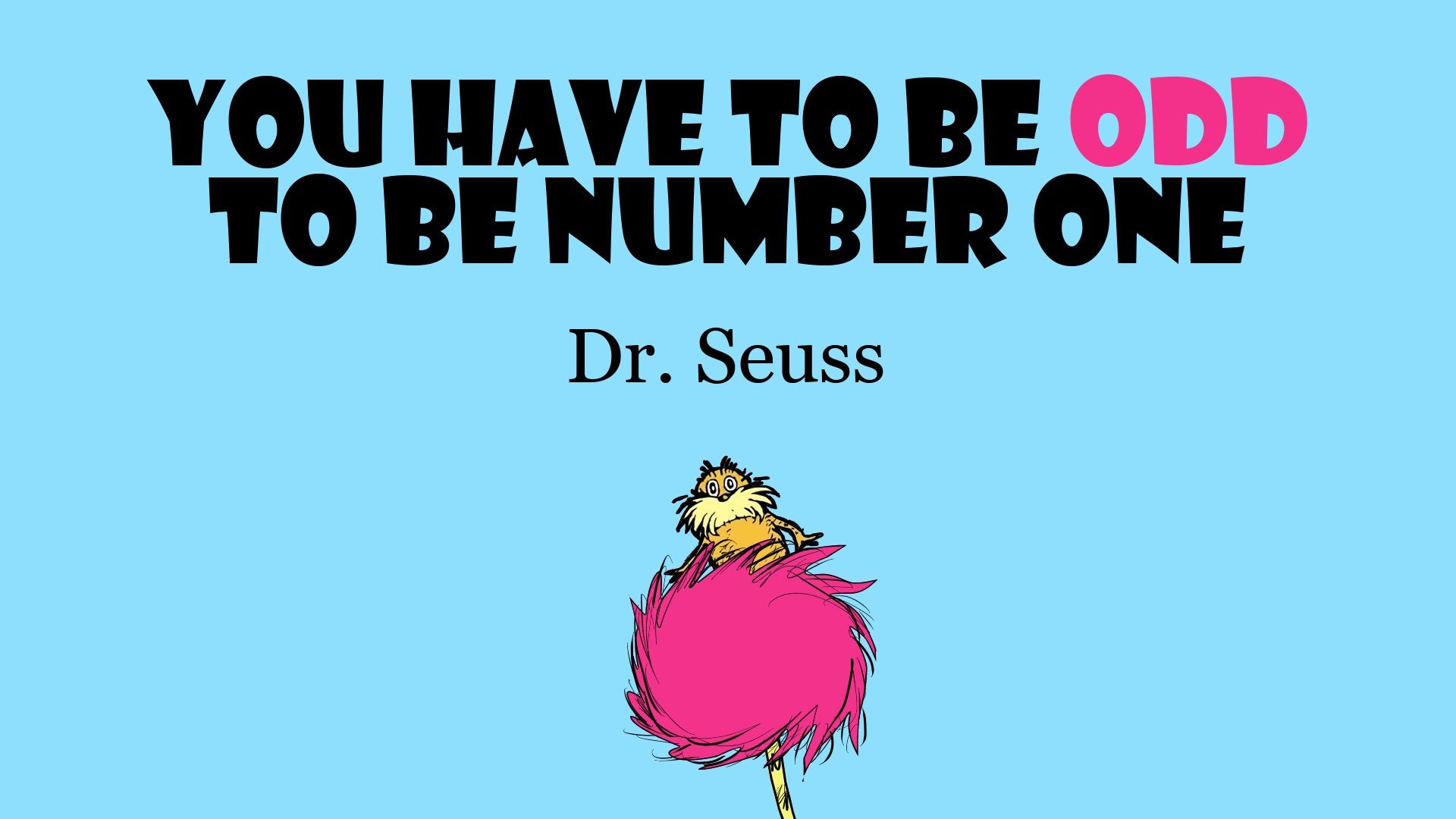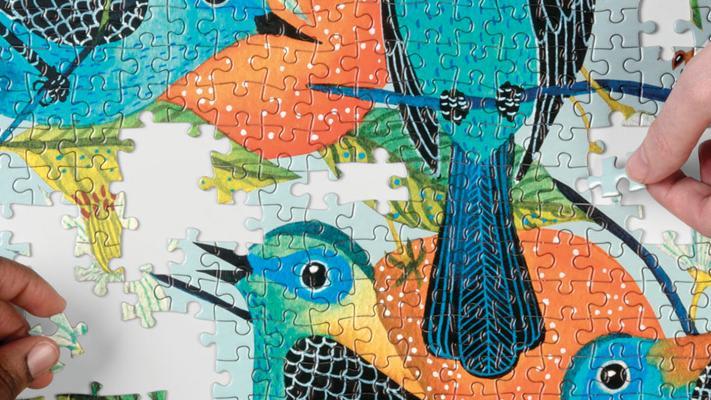Learning How to Learn Part II
23 Jul 2020 “Little by little, I will get there” - Anon.
“Little by little, I will get there” - Anon.
How to get started and avoid the inner procrastination zombie.
 “Little by little, I will get there” - Anon.
“Little by little, I will get there” - Anon.
How to get started and avoid the inner procrastination zombie.

This can be a contentious topic.
There are always ways around a singleton, but it does make life easier when used correctly. However, it’s true that global variables are frawned upon, so we must think carefully when embarking upon this single path.

Over the past few days, I’ve been trying to find a way to store different PMF (pointer to member functions) in a container as delegates. And I wanted to type erase the PMF so I can store it in a container along with other typed PMF delegates. The only thing common tying the delegates together would be its call signature.
“I don’t know what’s the matter with people: they don’t learn by understanding, they learn by some other way - by rote or something. Their knowledge is so fragile!” – Richard P. Feynman

Happy Chinese New Year! Two major points about learning in this article:
Learning is like solving a puzzle map. Every time we learn a new concept, we pick up a puzzle piece. And every time we make a connection, we fit that puzzle piece into our map.
It is the ability to recall and tie relevant concepts together, and the ability to derive new solutions under different situations.

Probably should’ve posted this before the previous Variadic TMP write-up. Anyhow, a variadic template is a new feature in C++11 that made the old va_args completely obsolete (woot!). The new variadic inherits the “…” (ellipses) operator, which expands a pack of zero or more types or value arguments.